The Zombie Diaries
Introduction
Told as a series of vignettes which occasionally overlap, The Zombie Diaries follows different groups of people after a virus has turned most of the population into brain dead flesh eaters. The timeline jumps around and the film employs various filming techniques according to who is shooting - some are professionals whereas others are survivors with a small camcorder.
It begins with real interview footage of people on the high street being asked about the virus although the questions seem to imply bird 'flu rather than a zombie outbreak, the answers work for both scenarios. After this, the action moves to deserted farmhouses, an empty town, fields and makeshift graveyards, with the camera's POV showing everything, in the same way that it did in The Blair Witch Project, Cloverfield, Diary of the Dead and The Last Broadcast.
The film's interest isn't so much in the zombies themselves, but in the survivors and how the tensions affect the groups' dynamic and how they deal with each other and the enormity of what's happening.
Video
For a film shot mostly by amateurs using over-the-counter equipment, the choice of letterboxed 1:85:1 is odd as it would be more likely to be filmed in 4:3 (1.33:1) or 16:9 (1.78:1) - this detracts slightly from the documentary feel but the picture has some damage which comes with cameras being moved very quickly.
The scenes shot at night are either lit by a torch, the light on the camera, night vision or streetlights so when the survivors are in a field there is no light apart from that provided by the camera which leads to some good jumps and sustained tension.
Audio
As it should be, the soundtrack is only Dolby Digital 2.0 Stereo which is perfectly suited to this style of film. Although there are no surrounds, the soundtrack is still able to unnerve and shock you whilst providing clear dialogue.
Extra Features
There are two commentaries, one by the directors (Kevin Gates and Michael Bartlett) who do a good job of telling you about the shooting process, from writing to editing and everything in between. The cast commentary involves the cast from each section and reinforces my opinion that actors should only be allowed to do a commentary when accompanied by members of the crew as they don't really add anything, just saying the odd line, laughing and sitting back and watching the film.
It is possibly to forego the commentaries altogether and get all the information you need from the 56 minute Until The Last Light Goes Out making of, which covers filming locations, the writing process, special make-up effects and casting.
There are also a number of deleted scenes, some of which could have easily stayed in the film, but were probably removed for pacing reasons - I'm speculating as there's no optional commentary or introduction to these.
Conclusion
As I mentioned above, 'found footage' and documentary films in the horror genre aren't exactly new or short on the ground and The Zombie Diaries could easily have sunk without a trace - I hadn't heard about it until it showed up for review - but it's a very well made film that adds to the sub-genre with enough to say that it's a worthy edition to any horror fans collection.
The Zombie Diaries predates both Cloverfield and Diary of the Dead, and is a different but similar take on filmmakers doing a documentary on a zombie outbreak. This is very much a low-budget affair, with friends and family playing the ghouls and extras and filming locations being organised on the fly.
This doesn't have the production values of those benefiting from the involvement of big names like J.J. Abrams or George A. Romero but is still a tense and interesting film and a very good DVD package - recommended. This is available individually or as part of the Rise of the Flesh Eaters Boxset.
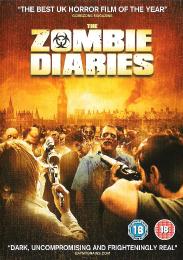
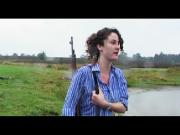
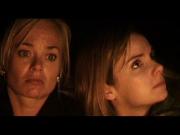
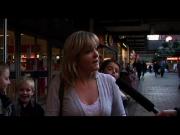

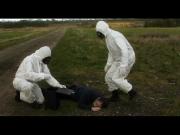
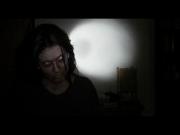
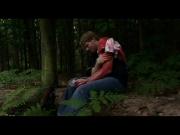
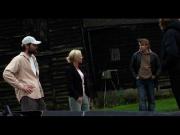
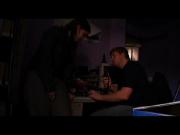
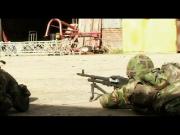
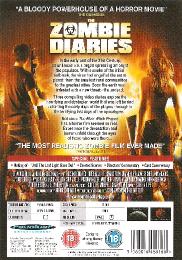
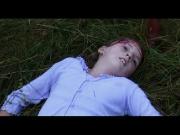
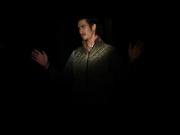
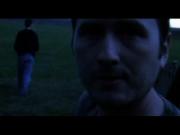
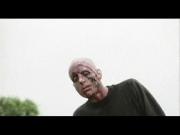
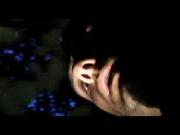




































Your Opinions and Comments
Be the first to post a comment!